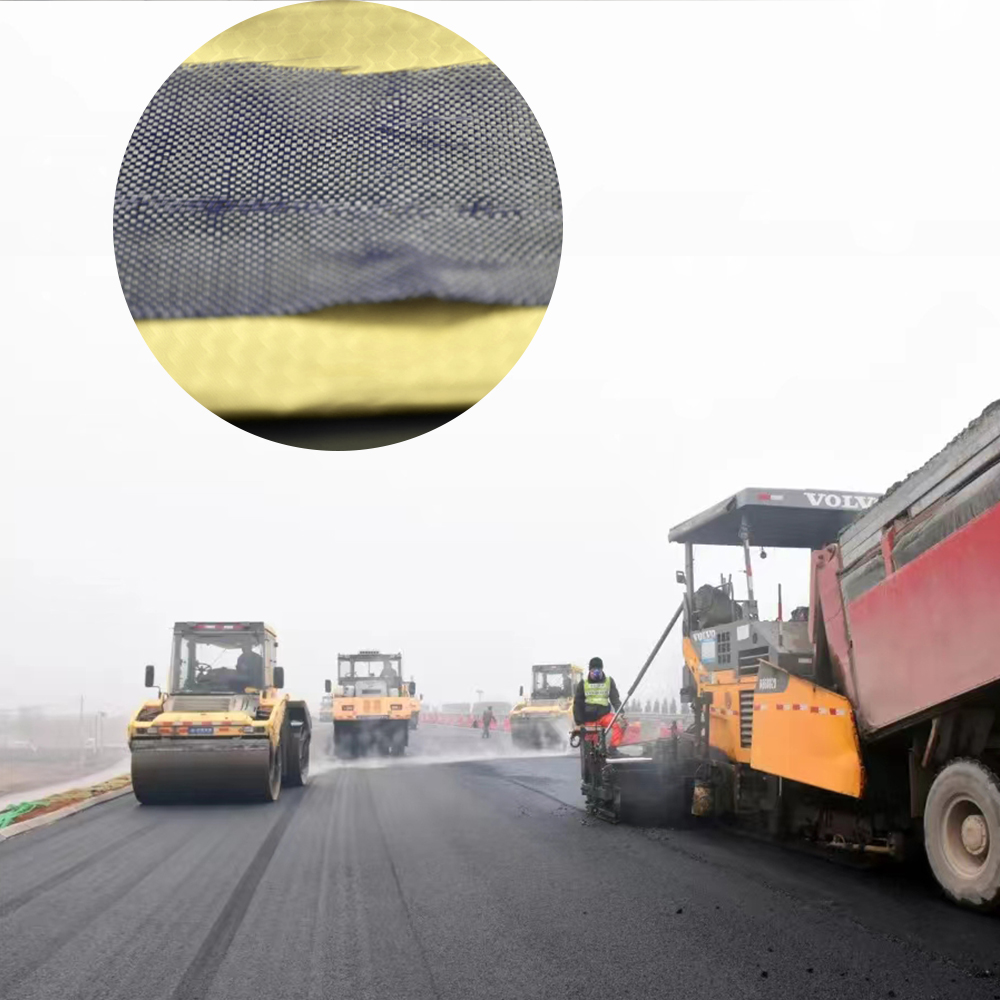Table of Contents
Benefits of Using Chopped Basaltic Fiber in Pavement Reinforcement
Basalt fiber is a material that has been gaining popularity in the construction industry due to its exceptional strength and durability. When used in pavement reinforcement, chopped basaltic fiber can provide numerous benefits that make it a superior choice compared to traditional materials.
One of the key advantages of using chopped basaltic fiber in pavement reinforcement is its high tensile strength. Basalt fibers are known for their excellent mechanical properties, including a high tensile strength-to-weight ratio. This means that basalt fiber can effectively reinforce pavement structures, helping to prevent cracking and deterioration over time.
In addition to its strength, chopped basaltic fiber is also highly resistant to corrosion and chemical damage. This makes it an ideal material for use in pavement reinforcement, as it can withstand exposure to harsh environmental conditions without deteriorating. By using basalt fiber in pavement construction, engineers can ensure that the pavement will have a longer lifespan and require less maintenance over time.
Another benefit of using chopped basaltic fiber in pavement reinforcement is its lightweight nature. Basalt fibers are significantly lighter than traditional reinforcement materials such as steel, making them easier to handle and transport during construction. This can help to reduce labor costs and construction time, ultimately leading to a more efficient and cost-effective pavement project.

Furthermore, chopped basaltic fiber is a sustainable and environmentally friendly material. Basalt fibers are made from natural volcanic rock, which is abundant and readily available in many parts of the world. Unlike steel, which requires significant energy and resources to produce, basalt fiber production has a lower environmental impact and can help to reduce carbon emissions in the construction industry.
In terms of performance, chopped basaltic fiber has been shown to improve the overall durability and longevity of pavement structures. By reinforcing the pavement with basalt fiber, engineers can increase its load-bearing capacity and resistance to fatigue, resulting in a stronger and more resilient pavement surface. This can help to reduce the likelihood of pavement failure and extend the lifespan of the pavement, ultimately saving time and money on future repairs and maintenance.
Overall, the benefits of using chopped basaltic fiber in pavement reinforcement are clear. From its high tensile strength and resistance to corrosion, to its lightweight nature and sustainability, basalt fiber offers a superior alternative to traditional reinforcement materials. By incorporating basalt fiber into pavement construction projects, engineers can create more durable, cost-effective, and environmentally friendly pavement structures that will stand the test of time.
How to Properly Install Basalt Fiber for Pavement Reinforcement
Basalt fiber is a versatile material that has been gaining popularity in the construction industry for its strength and durability. When properly installed, basalt fiber can significantly enhance the performance and longevity of pavement structures. In this article, we will discuss the steps involved in properly installing basalt fiber for pavement reinforcement.
The first step in installing basalt fiber for pavement reinforcement is to prepare the surface. The existing pavement should be cleaned and any debris or loose materials should be removed. This will ensure a smooth and even surface for the basalt fiber to be applied.
Once the surface is prepared, the next step is to apply a primer. The primer helps to bond the basalt fiber to the pavement surface and ensures a strong and durable connection. It is important to follow the manufacturer’s instructions when applying the primer to ensure proper adhesion.
| Serial Number | Article Name |
| 1 | Lightweight basalt textile |
After the primer has been applied and allowed to dry, the basalt fiber can be installed. The basalt fiber comes in rolls or sheets and can be easily cut to size using a Utility Knife or scissors. The fiber should be laid out evenly across the pavement surface, with overlapping edges to ensure complete coverage.
Once the basalt fiber has been laid out, it should be secured in place using an adhesive or resin. The adhesive should be applied evenly across the surface of the basalt fiber to ensure a strong bond. It is important to work quickly and efficiently to ensure that the adhesive does not dry before the basalt fiber is properly secured.
After the basalt fiber has been secured in place, it should be allowed to cure for the recommended amount of time. This will ensure that the basalt fiber is fully bonded to the pavement surface and will provide maximum reinforcement.
Once the basalt fiber has cured, the final step is to apply a sealant or topcoat. The sealant helps to protect the basalt fiber from damage and wear, and also provides a smooth and even surface for vehicles to drive on. It is important to follow the manufacturer’s instructions when applying the sealant to ensure proper coverage and adhesion.
In conclusion, properly installing basalt fiber for pavement reinforcement is a crucial step in ensuring the longevity and performance of pavement structures. By following the steps outlined in this article, you can effectively install basalt fiber and enjoy the benefits of its strength and durability. With proper installation and maintenance, basalt fiber can significantly enhance the lifespan of pavement structures and provide a smooth and safe driving surface for years to come.
